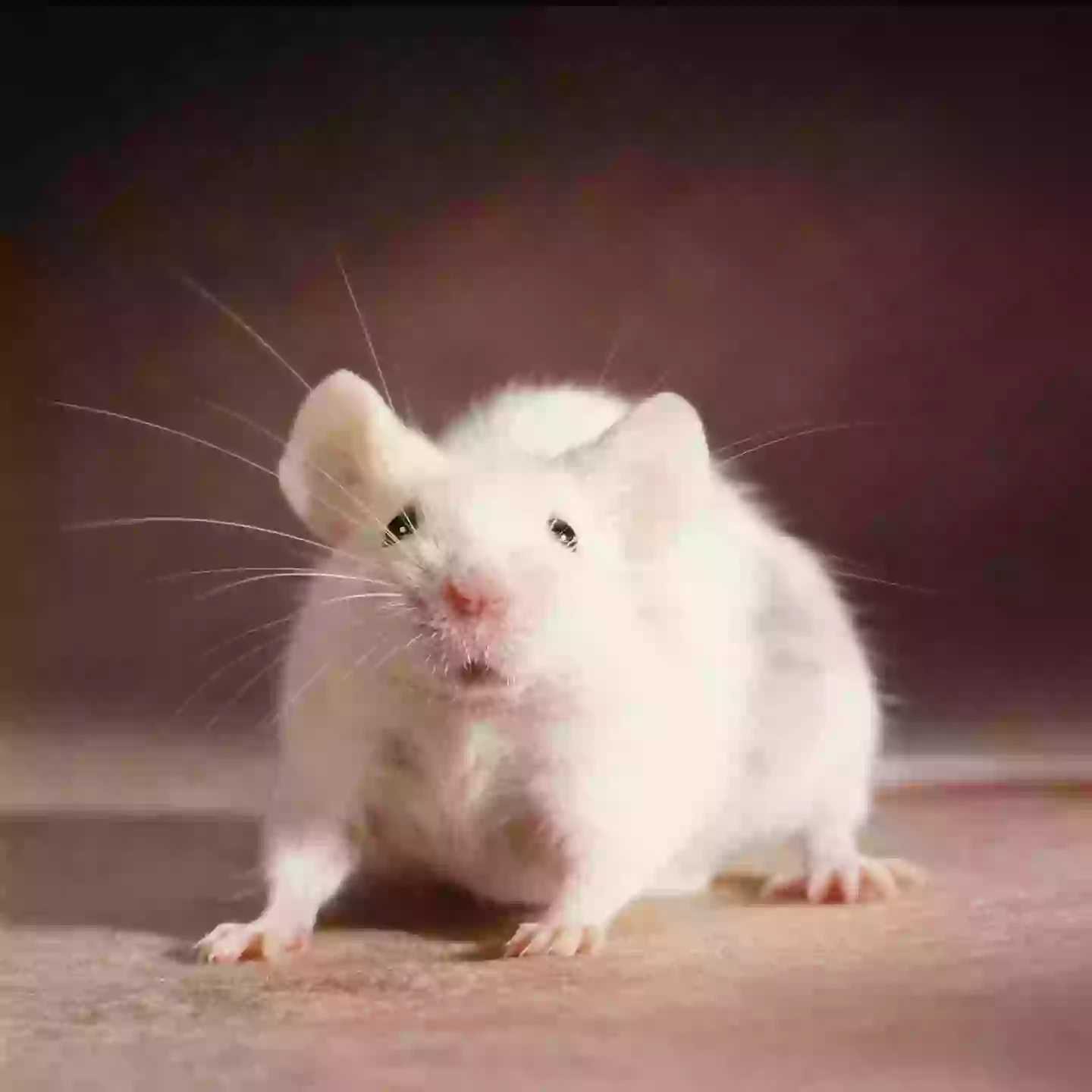
I’m sure most of you will be familiar with Pavlov’s dog experiment, which famously tested out the concept of conditioning by training canines to expect food whenever they heard a bell.
Safe to say the experiment was a success, as it found the dogs would eventually begin to salivate upon hearing the sound of a bell.
But it turns out that this ‘conditioning’ type of experiment was also tried out on people too, including a nine-month-old baby.
Advert
Known as the ‘Little Albert experiment’, psychologist John B. Watson sought out to find evidence of classical conditioning in humans in 1919 by creating fear with a rat.
But what happened to the little boy, known as Little Albert' or 'Albert B', in what has since been dubbed as arguably one of the 'most unethical experiments' ever?

The experiment, conducted by Watson and grad student Rosalie Rayner, exposed the little boy to various stimuli, such as a rabbit, monkey, a white rat, and burning newspapers, to gauge his reaction.
Given Albert hadn't seen any of these things before, he showed no fear when they were first presented to him.
Advert
But then Watson made a change. The next time he put a rat in front of the baby, Watson would make a loud noise by hitting a metal pipe with a hammer, which would make Albert cry.
Watson repeated this until eventually the rat’s appearance alone became enough to make Albert break into tears.
But since the experiment came to an end, researchers have desperately tried to find out what became of little Albert.
One of these researchers was Hall Beck at Appalachian State University in Boone, North Carolina - and what Beck found was tragic.
Advert
Watson’s papers said that Albert B was the son of a wet nurse who worked at Johns Hopkins University Hospital in Baltimore, Maryland, where the experiment had been conducted.
After years of researching and eventually using facial analysis, Beck concluded in 2009 that little Albert must have been Douglas Merritte, the son of hospital employee Arvilla, who was born on the same day.
But this was a tragic conclusion because it turns out that this Douglas had died age six of hydrocephalus, or water on the brain. This condition even led Douglas to blindness at some points in his life.

But despite the revelation, some psychologists weren’t so convinced by Beck's findings.
Advert
Russ Powell at MacEwan University in Alberta, Canada, and his colleagues reinvestigated, only to find that Beck had missed another potential candidate.
It turns out that a woman named Pearl Barger also had a baby at the same hospital, who was not only born on the same day as Albert B, but was also named William Albert Barger.
Powell's team also claimed they found greater consistencies between their newfound candidate and Albert B, leading them to believe this was in fact who they had been looking for.
And the story of this Albert B was a far happier one, as he lived a long, happy life until his death in 2007, according to his niece.
She said he never knew anything about the experiment, but interestingly, noted that he did have an aversion to animals during his life.